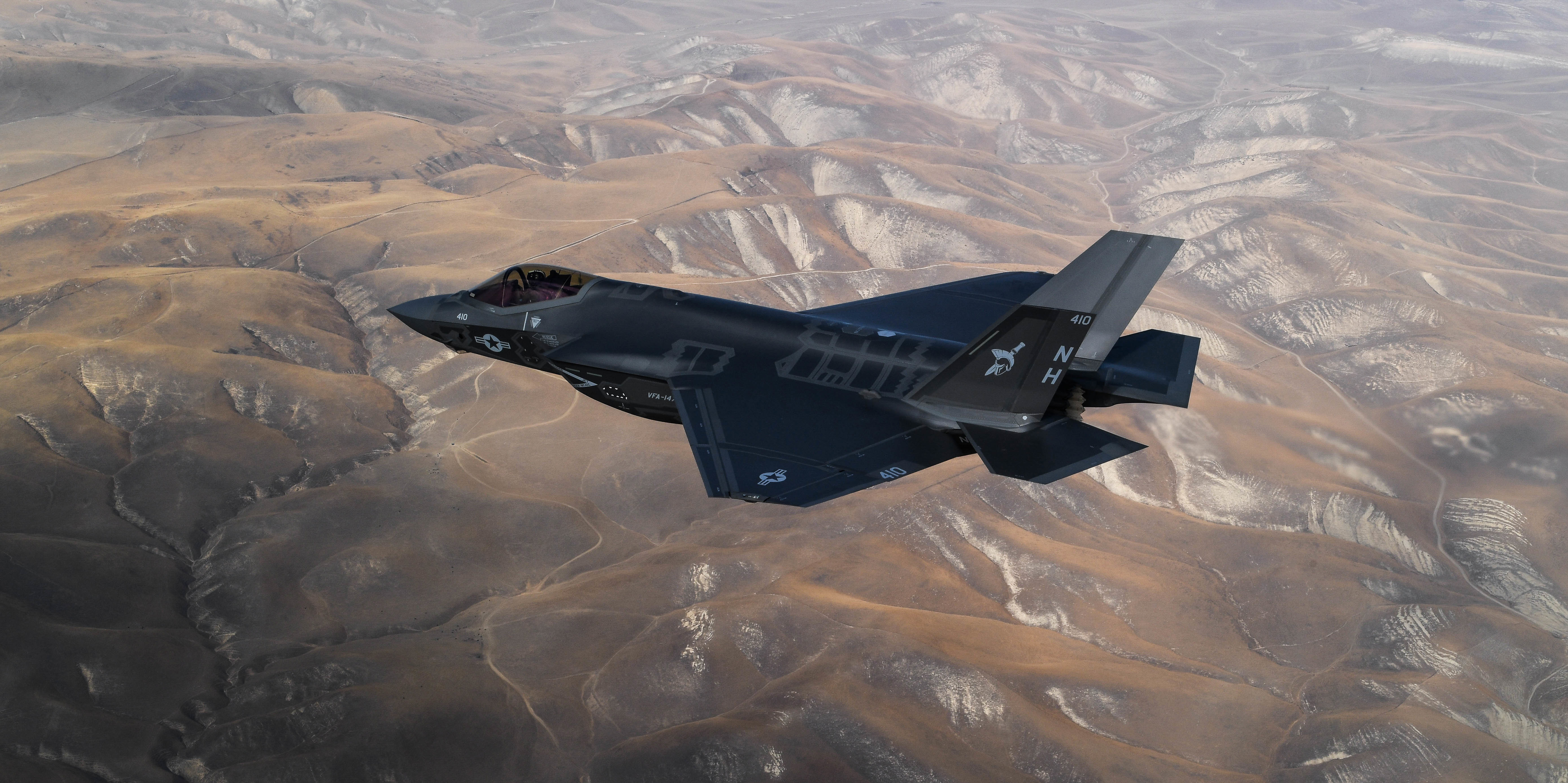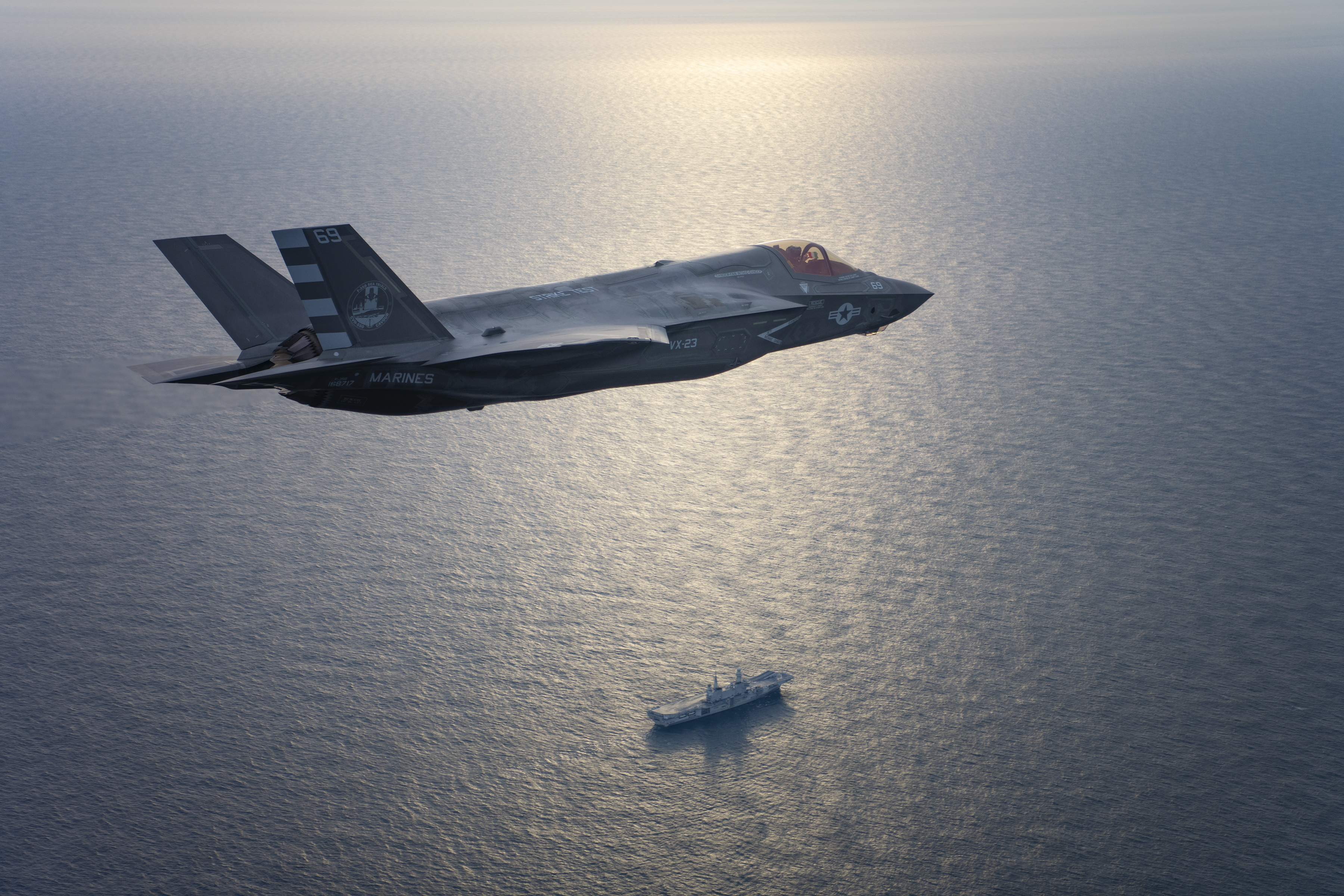
GTRI researchers are supporting the Naval Air Systems Command in analyzing data from flight tests and simulation of the F-35 Lightning II aircraft.

A validated battlespace environment within the confines of a simulation can provide an opportunity to test, develop strategy, and plan scenarios for F-35 capabilities, while at the same time avoiding some of the safety, cost, and maintenance concerns that can be associated with open-air flight test.
In this simulation, the warfighter can experience stressing and realistic scenarios to include advanced threat systems without physical harm or damage to the aircraft. That would allow the Department of Defense (DoD) to gain insight on the capabilities and limitations of the F-35 to drive future sensor, weapons, and tactics development.
The Joint Simulation Environment (JSE) simulates a complex system of sensors and platforms within a virtual battlespace. Since the DoD will use the JSE to make F-35 acquisition decisions, the JSE must undergo an intense verification & validation (V&V) process to determine the qualification of the JSE to represent the F-35 in its operational environment. The V&V analysis is based on a comparison of simulation and live test data, in conjunction with operational relevance.
GTRI has developed methodologies and tools to analyze data from flight tests and from the less noisy JSE, and is supporting the Naval Air Systems Command through the analysis and comparison of F-35 component systems, as well as F-35 sensor fusion. GTRI’s analysis informs the team of any testing issues, simulation discrepancies, and documentation for accreditation review.
The F-35 Lightning II is a single-seat, single-engine, all-weather stealth aircraft designed to perform both air superiority and strike missions for the U.S. Air Force, U.S. Navy, and U.S. Marine Corps – as well as for close U.S. allies. The aircraft features advanced capabilities for electronic warfare and intelligence, surveillance, and reconnaissance.
The F-35’s advanced sensor package is designed to gather, fuse, and distribute information, giving operators a decisive advantage over adversaries. Its processing power, open architecture, sophisticated sensors, information fusion, and flexible communication links make the F-35 an indispensable tool in future homeland defense, Joint and Coalition irregular warfare, and major combat operations.
GTRI Communications
Georgia Tech Research Institute
Atlanta, Georgia USA
MORE 2022 ANNUAL REPORT STORIES
MORE GTRI NEWS STORIES
The Georgia Tech Research Institute (GTRI) is the nonprofit, applied research division of the Georgia Institute of Technology (Georgia Tech). Founded in 1934 as the Engineering Experiment Station, GTRI has grown to more than 2,800 employees supporting eight laboratories in over 20 locations around the country and performing more than $700 million of problem-solving research annually for government and industry. GTRI's renowned researchers combine science, engineering, economics, policy, and technical expertise to solve complex problems for the U.S. federal government, state, and industry.





